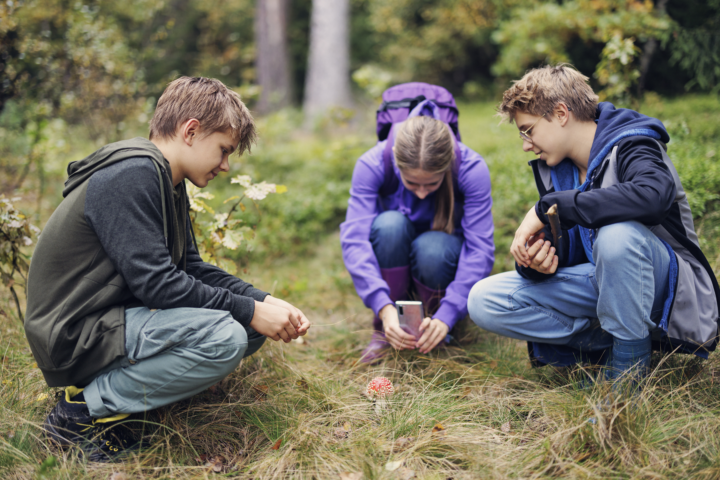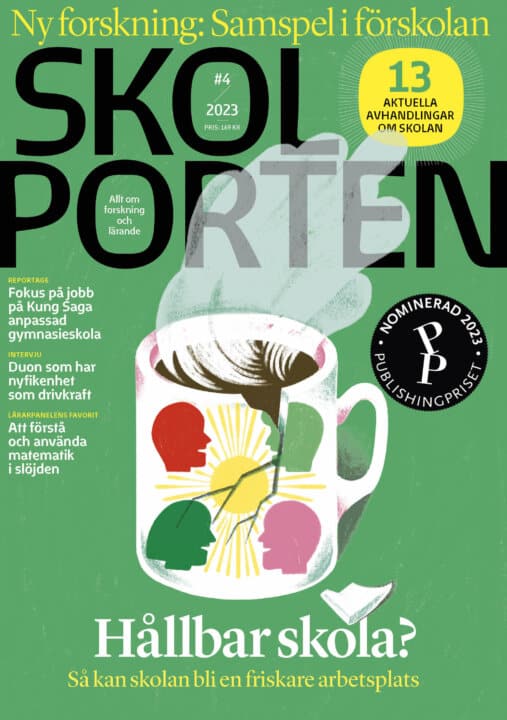Skolehuset som kulturminne – Lokale verdier og nasjonal kulturminneforvaltning
Leidulf Mydland
Dr Ingrid Martins Holmberg
Professor Torunn Selberg, Institutt for arkeologi, historie, kultur- og religionsvitenskap, Universitetet i Bergen, Norge
Göteborgs universitet
2015-03-12
Skolehuset som kulturminne – Lokale verdier og nasjonal kulturminneforvaltning
Institutionen för kulturvård
Skolehuset som kulturminne – Lokale verdier og nasjonal kulturminneforvaltning
Etter at fastskoleloven ble vedtatt i 1860 ble det bygget over 4600 skolehus. Ved århundreskiftet fikk nærmere 80 prosent av befolkningen sin utdannelse i disse grendeskolene, som oftest kun hadde ett klasserom. Disse små skolene fikk imidlertid stor betydning for folkeopplysning, demokratiutvikling og nasjonsbyggingen i en periode hvor embetsmennenes makthegemoni skulle erstattes av folkevalgte institusjoner. Skolehusene ble også viktige redskap og arenaer for blant andre målrørsla, avholdsbevegelsen og den lavkirkelige bevegelsen, – motkulturer som fikk stor innflytelse på lokal og statlig politikk, nasjonal identitet og nasjonal selvstendighetskamp.
Skolehusenes storhetstid varte kun i underkant av et århundre. På 1950- og 1960- tallet gikk de fleste ut av bruk grunnet nye skolereformer, økte krav til undervisningslokalene, fraflytting og bedre kommunikasjon. Noen ble solgt til private og brukt som hus eller hytter, andre ble gitt til befolkningen for bruk som grendehus og noen få ble tatt i bruk som bedehus. Mange ble imidlertid stående tomme og til forfalls og en del ble revet.
I nærmere 30 år har det forligget en politisk bestilling til kulturminneforvaltningen i Norge om at et representativt utvalg kulturminner skal ivaretas, et utvalg som skal reflektere ulike sosiale, kulturelle og geografiske aspekter. Skolehusene bygget etter fastskolereformen har på tross av dette blitt viet lite oppmerksomhet fra kulturminneforvaltningens side. Først i 2012 ble et skolehus fredet. I denne avhandlingen undersøkes hvordan skolehuset er forstått som kulturminne i lokalsamfunnet og av statlig og offentlig kulturminneforvaltning og bakgrunnen for dette.
Abstract in English
The aim of this work is to analyse how buildings linked to public education, nation building and democratisation, have been esteemed as heritage within a local context and by authorised heritage authorities. This comprehensive task is carried out by investigating how a group of these buildings, the one-room schoolhouses, is managed as object of heritage and ascribed with heritage values by the local communities and the national heritage authorities. The project is mainly carried out by text- anddiscourse analysis of written sources concerning preservation and management of one-room schoolhouses. This thesis consists, in addition to the introduction, of a chapter on the historic context of the Norwegian school reform. The results are presented in 6 papers, published between 2006 and 2014, in journals with peer review. The thesis is not cumulative, but more a compilation of independent papers, partly written prior to this PhD work, but all with reflections and analysis on how the one-room schoolhouse is managed and esteemed as an object of heritage. The Norwegian school reform of 1860 represented a turning point regarding better education and was a premise for the nation-building and the establishment of a modern, democratic society. A core element in the reform was a demand for permanent school buildings in all school districts. In the period 1860-1920 more than 4600 schoolhouses were erected in rural areas. However, in the 1950s and ‘60s almost all local schoolhouses were closed down due to consolidation, new school reforms and better communication. The old one-room schoolhouses were now available for new use, transformation or demolition and re-interpretation of values and significance.Despite that Norwegian political white papers have drawn attention on the lack of diversity and representativeness in the Norwegian preservation list in the last 30 years, only one single one-room schoolhouse, reflecting public education, democratisation and nation building, has been listed in national preservation lists. Despite a general lack of engagement from the heritage authorities, a large number of schoolhouses are turned into museums due to local initiatives or preserved and used for social and cultural gatherings by voluntary communal work. However, the national and historic significances of the schoolhouse do not seem to play a substantial role, neither within the local community nor by national heritage authorities. The rural one-room schoolhouses are neither characterized by those hallmarks advocated in the authorized heritage discourse (AHD), nor is it in line with the rather conservative political and cultural ideology traditionally held by heritage authorities. The rural, one-room schoolhouses reflect firstly a political, democratic and anti-elitist nation-building project, a desire to build a modern democratic nation and finally the countercultures fighting these goals. For people in the local communities the preservation as a joint project and the social and cultural activities taking place in the former schoolhouse, perhaps reflect a continuity of what it is all about – not heritagisation and preservation for its own sake, but how to maintain and develop social and cultural institutions in the community.
Relaterade länkar

Biologi
 Åk 7–Vux
Åk 7–Vux Hållbar utveckling i förskolan
 Fsk
Fsk 




